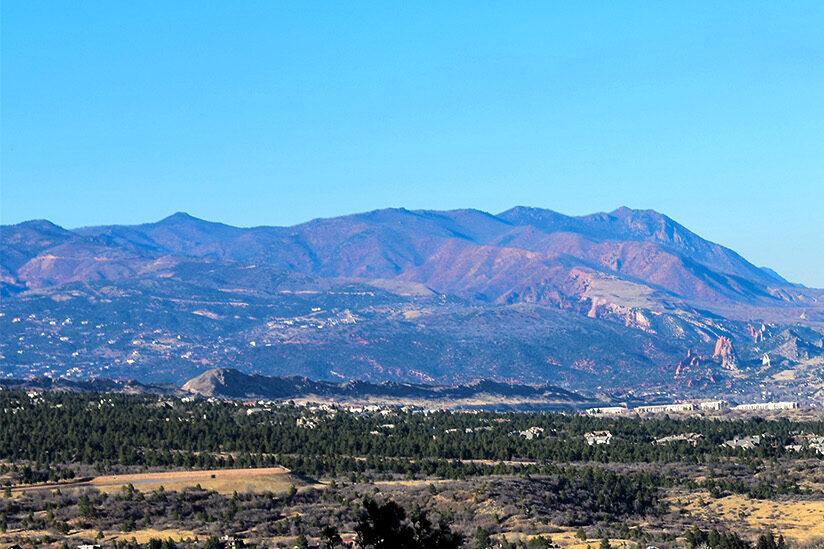
Water managers around El Paso County want to create a renewable regional water system to address current and future problems.
They’re proposing an estimated $134 million dollar collaborative project called The Loop to connect existing water infrastructure and add a new pipeline to bring water from the southern part of the county to the north.
This would allow a dozen area water utilities to tap into current and future new water from other basins and carry recycled treated water around The Loop too.
During a recent presentation about The Loop for El Paso County Commissioners, Cherokee Metropolitan District general manager Amy Lathen said the region needs to manage and plan its water usage sustainably.
“Water is absolute. This is game, set, match,” she said. “If we don’t have water, the roads don’t matter, the human services don’t matter, nothing in El Paso County matters without the water.”
Much of El Paso County outside of Colorado Springs currently draws most of its water from wells sunk into bedrock in a geological area known as the Denver Basin that stretches from Greeley to Pueblo, according to Cherokee Metropolitan District water resource engineer Kevin Brown.
He said due to the area’s growing population and new development, these wells are “declining significantly in productivity only a few decades after first being tapped ... and new wells are also likely to be less productive.”
Eventually, wells might have to go some 2500 feet deep and could cost up to a million dollars to drill.

“This isn’t a, 'We are going to run out of water today or even in the near future,'” Brown said. "It's an economic question of how much money are you willing to sink in to drill well after well after well to get the same amount of water you had in the past.”
Woodmoor Water and Sanitation District manager Jessie Shaffer says these problems and ideas are not new, and that he and his colleagues have been talking about it for decades.
“We don’t have a water supply issue in El Paso County,” he said. “We’ve got an extraction problem.”
The project could serve as much as 58 percent of the region’s population outside of Colorado Springs. A cost study is currently underway.
According to the presentation, potential challenges for the Loop project include its expense, which could translate to major rate hikes. It also requires buy-in and approval from many water and government entities. But the proposal notes, “without it, some providers will be forced to keep drilling expensive Denver Basin wells, further stressing the current system.”
In the presentation, the managers said they “are looking for regional and governmental partners to meaningfully share the upfront project costs. More partners help to keep water rates low and federal infrastructure appropriations offer (an) opportunity to accelerate the project. This project would allow for continued growth in the County while protecting aquifer levels for small capacity users.”
They’ll also be looking for ways to work with Colorado Springs Utilities.








